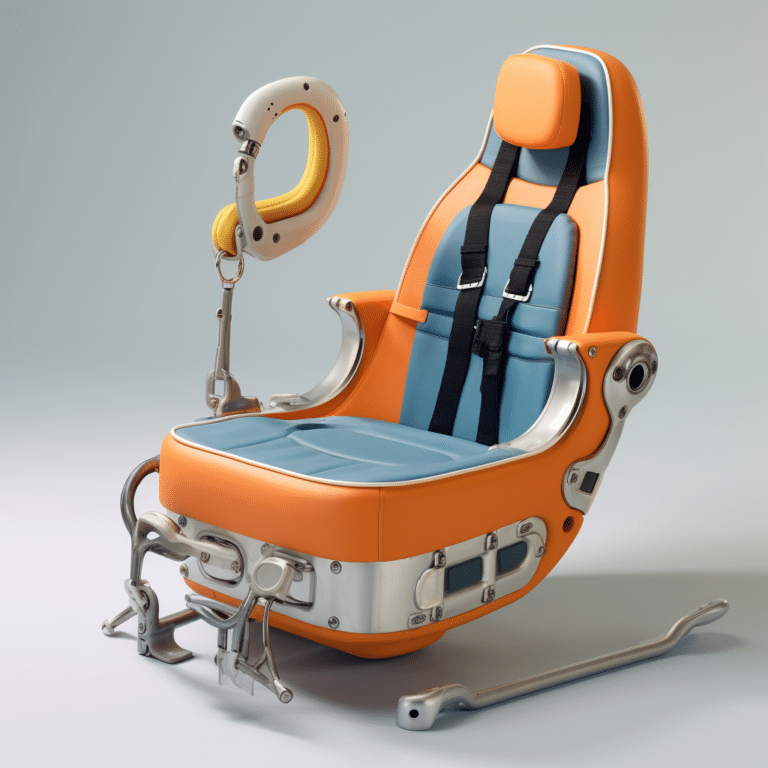Why Does My Baby Move So Much While Bottle Feeding
Babies are babies, and understanding them can sometimes be challenging. This can be more challenging, especially for new moms who haven’t gotten the nook of parenting. Your baby may cry and put fingers in their mouth, and you think to yourself, maybe they’re hungry. But when you start feeding them, they refuse to eat. Or sometimes they cry so much that you can do nothing to soothe them.
Then there’s the issue of bottle feeding problems. Babies may sometimes refuse to bottle feed. Others may cry and squirm. Another group may move a lot when bottle feeding. Suppose you’re concerned that your baby moves a lot when bottle feeding; this article is for you. Stay tuned.
Reasons Why Your Baby Moves So Much While Bottle Feeding
There are a couple of reasons that can make babies move a lot when breastfeeding. They are:
Sleeping
Twitchy and shaky movements are common when a baby is falling asleep. Your baby could be bottle feeding but about to fall asleep, hence, the activities. This condition usually occurs when dropping off to sleep and is called myoclonus. Sleep myoclonus resolves on its own within a year, and there are no reasons for concern.
Think about the last time your baby slept. Was it 2, 3, 4, or 5 hours ago? Babies have different appropriate awake windows depending on their age. And letting your child be awake past their appropriate awake windows can make them overtired and fall asleep when bottle feeding. Hence the movements.
Feeding Posture
How do you hold your baby when bottle feeding them? Sometimes you may be holding your baby in a position that makes them uncomfortable. This can make them try to move a lot to acquire a position they are comfortable feeding.
In this case, you’d want to experiment with different positions to see which one your kid prefers. Doing so will help you make your baby comfortable when feeding them. There are many safe feeding positions you can find online. Do your homework and determine the most ideal for your little one.
Distractions
Where do you usually feed your baby? Is it in a noisy place with lots of activities? Or it’s in the living room where the TV is on, and family members are conversing? Your baby may be distracted by external factors when bottle feeding, and, therefore, move a lot to follow what’s happening in the surrounding.
If you feed your baby in a place with many distractions, try changing the location and see if it helps. Move to a more serene and calmer place like your bedroom or the kid’s room, and see if there will be any improvements.
Feeding Aversion
Does your baby have a feeding aversion? Do they refuse to feed even when hungry? Or scream when they’re placed into a feeding position or see their feeding bottle? Do they feed while asleep?
Feeding aversion refers to the dislike of feeding due to past negative feeding experiences, like feeding being painful, unpleasant, or stressful. This condition can be due to medical reasons and behavioral reasons. Medical reasons (though not common) can be due to protein allergy, milk intolerance, or reflux, where a baby experiences pain after feeding. This pain can make the baby refuse to feed altogether to avoid it.
Behavioral aversion usually relates to feeding management and is the most common cause of feeding aversion. Do you scream or yell at your child when feeding them? To make your kid finish their food, you may raise your voice at them. This can make your associate feeding and anger. Hence they refuse to feed and start moving anytime they see you with a bottle. Consulting a physician can help you deal with a child’s feeding aversion.
Feeding Equipment
How do you know your baby feeds well when bottle feeding? Do you hear them swallow milk or not? Sometimes feeding difficulties can frustrate your child, and they start crying and moving a lot. So, establish their feeding equipment. Look whether the nipple is screwed too tight if it’s too short or too long. Inappropriate nipple flow can also make your baby angry during bottle feeding. Examine the nipple flow to know whether it’s too fast or too slow.
Depending on what you find out to be the cause of frustrations during feeding, look for solutions.
Hunger
Your baby moving a lot during bottle feeding could signify hunger. When your baby is hungry, their blood sugar drops. A decrease in blood sugar in babies is characterized by moving arms and legs, shaking, and trembling. Your baby could have stayed for long without eating, and their sugars dropped to such a low level, hence, the movements when feeding.
Depending on your baby’s age, establish the correct feeding pattern. If you have a newborn, feed them after every 1-2 hours and 2-3 hours for older babies. Don’t take it that they’re full. There’s no harm in trying to feed them. Plus, if they’re full, they’ll refuse to eat.
Diaper Changes
Sometimes your baby may move a lot when feeding because they have soaked their diaper and need a change. Some babies help themselves when feeding; if yours fall in this category, you’ll have to know the best way to cope with the situation. A wet diaper can make your child uncomfortable and start moving. So, if you suspect your baby has a wet diaper, examine and change them before progressing with your feeding.
Caffeine In Breastmilk
If your baby drink expressed breastmilk, then your milk could be the reason for their excessive movements. This is especially common if you drink lots of caffeine. Too much caffeine or soda can make a baby twitch or jitter.
Conclusion
There are many reasons why your baby moves so much while bottle feeding. It could be distractions, poor feeding patterns/equipment, sleep, or even hunger. You could have also drunk too much coffee and excreted in breastmilk, or your baby needs a diaper change. Whatever the case, establish the cause, then determine the best solution.






